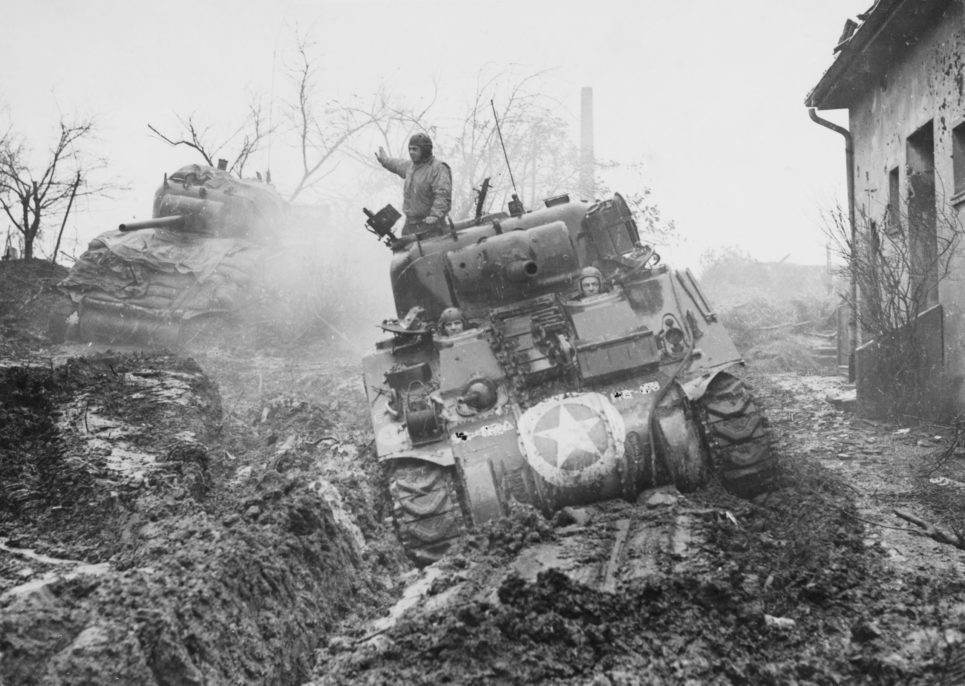While most soldiers in war are either career military or are forced into service via conscription, some come from volunteer militias. That was the case with the Sherwood Rangers, who fought in several British skirmishes. Their most famous effort came in World War II. Here is their story.
The Sherwood Rangers had a long tradition before World War II.
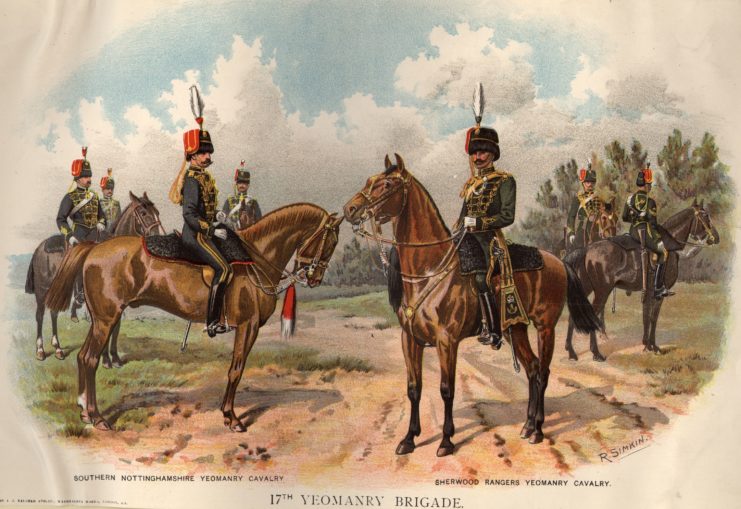
The Rangers were first formed in 1794 as a Nottinghamshire Yeomanry Calvary. Following the French Revolution, Great Britain began to form volunteer regiments made up of yeomen, which in this case, meant nobility or landed gentry. The Sherwood Rangers, at first, acted as a kind of police force, putting down riots and civil disturbances. They were later replaced in this duty by newly formed police departments.
The calvary also participated in several wars. They first saw action during the Second Boer War when Britain realized that they would need to call in volunteer troops. As reservists, the Rangers weren’t initially expected to serve overseas in World War I. Due to the escalation of the conflict, though, a regiment was eventually sent to Egypt. Two other units stayed home, one in Norfolk and the other in Aldershot.
The regiment was made up of an eclectic group of characters
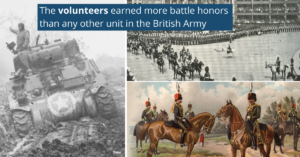
Since the Sherwood Rangers were a volunteer group, the regiment members came from various backgrounds. One of the group leaders was Stanley Christopherson, who previously worked in gold mines in South Africa. Another regiment member who rose to leadership, John Semken, planned to become a lawyer in London.
Other professions among the ranks included poets, plasterers, and printers. Most of the volunteers who signed up never expected to see any significant combat. And they most likely had no idea how serious the war was about to become for them.
They Began WW2 on horses and finished it in tanks
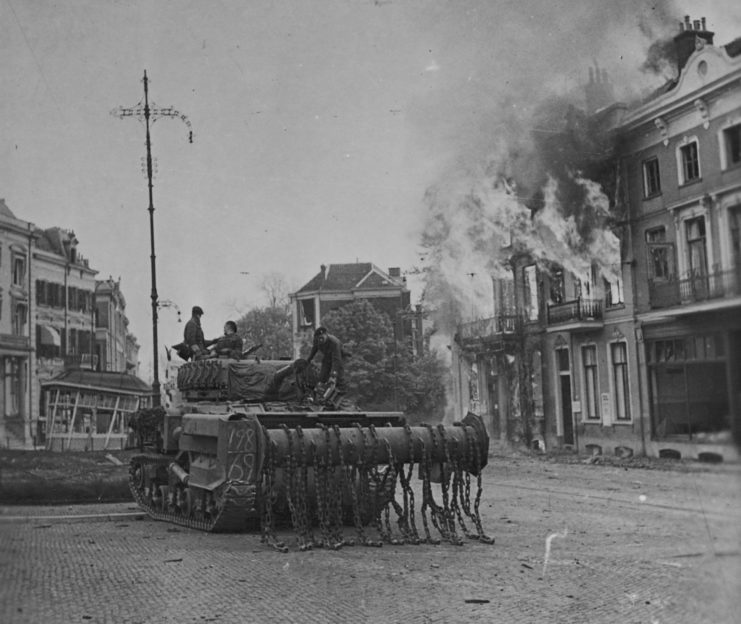
The Sherwood Rangers were calvary men who rode on horseback for much of their history. During World War I, one regiment, the 2/1st Sherwood Rangers Yeomanry, rode bicycles rather than horses. In January of 1940, the regiment first departed for Palestine, and they did so on horseback. But by July of 1940, they were no longer on horseback.
In August of 1941, the Rangers began training with tanks. The group participated in the North African campaign, which resulted in an Allied victory. The regiment then landed on Gold Beach and participated in D-Day. They later helped the British forces take the Belgian City of Gheel. However, the biggest challenge for the Rangers was soon ahead of them.
Operation Clipper
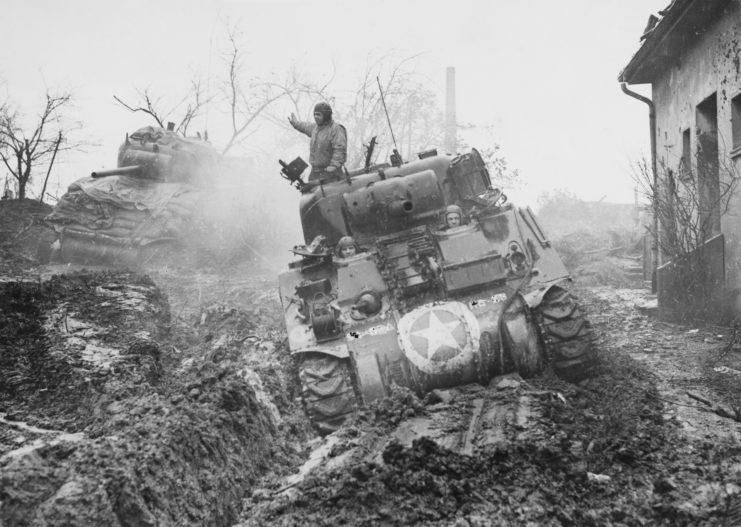
In November of 1944, the Allied Forces were desperate to smash German defenses in the border town of Geilenkirchen. The Rangers would play an essential role in the plan. First, four mine-clearing Sherman tanks were to clear a path. Behind them would be the Rangers, piloting 19 more tanks. American infantry would follow.
Unfortunately for the Allies, the weather was terrible, and the ground had turned soft. The four tanks meant to clear the mines became stuck in the mud and couldn’t push forward. Now the 19 Ranger tanks had to move forward without cleared mines. And they did. Along with the American infantry, the Rangers could clear a path into Germany.
The victory came at a high cost. Ten tanks were destroyed throughout the six-day operation. Fifteen more were damaged, and 12 were forever stuck in the mud. The Rangers lost 63 men in the fight.
The Duration of the War
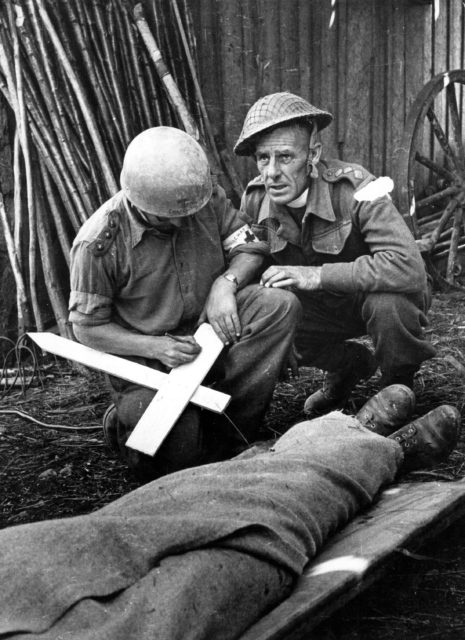
In addition to the casualties that occurred during Operation Clipper, many other Rangers were shattered by the experience. This was the last mission for leader John Semken. He said of the experience, “That was my last battle. I lost my touch after that… After that, I was finished. And I was invalided home.”
Many other Rangers pressed on into Germany. The regiment took part in Operation Blackcock, clearing the German forces from the Roer Triangle. They also took part in Operation Veritable, where the Allieds continued to march through the German Imperial Forest.
Legacy
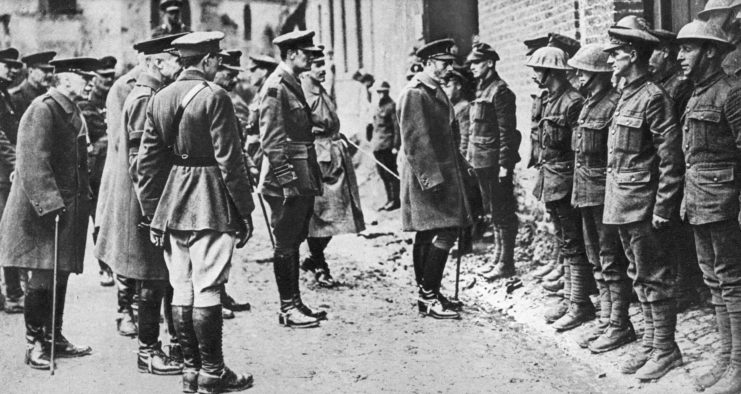
The final battle for the Sherwood Rangers was Operation Plunder where the regiment crossed the Rhine River. Two months later, in May of 1945, the war came to an end. After 5 long years, the volunteers had gone from Africa to Germany and traded in their horses for tanks.
During the conflict, the Sherwood Rangers earned more battle honors than any other unit in the British Army. The Royal Yeomanry still exists to this day, now operating out of Land Rover RWMIKs.
